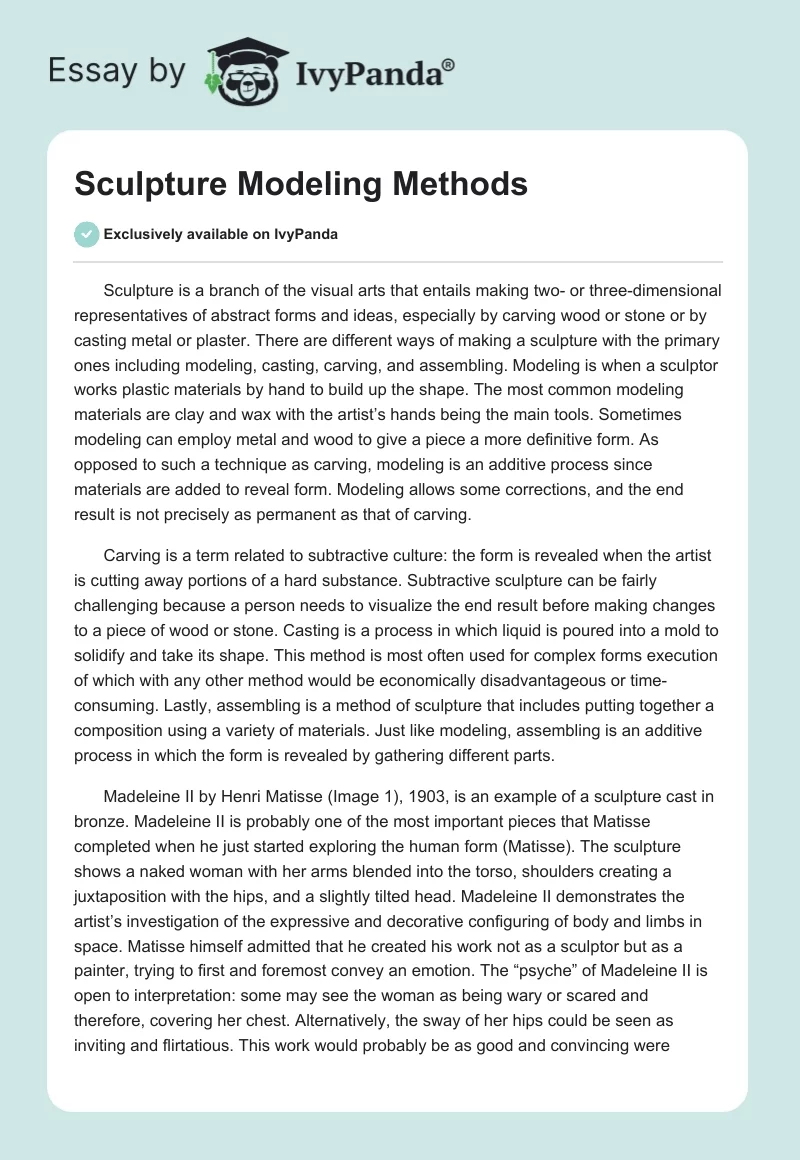Sculpture is a branch of the visual arts that entails making two- or three-dimensional representatives of abstract forms and ideas, especially by carving wood or stone or by casting metal or plaster. There are different ways of making a sculpture with the primary ones including modeling, casting, carving, and assembling. Modeling is when a sculptor works plastic materials by hand to build up the shape. The most common modeling materials are clay and wax with the artist’s hands being the main tools. Sometimes modeling can employ metal and wood to give a piece a more definitive form. As opposed to such a technique as carving, modeling is an additive process since materials are added to reveal form. Modeling allows some corrections, and the end result is not precisely as permanent as that of carving.
Carving is a term related to subtractive culture: the form is revealed when the artist is cutting away portions of a hard substance. Subtractive sculpture can be fairly challenging because a person needs to visualize the end result before making changes to a piece of wood or stone. Casting is a process in which liquid is poured into a mold to solidify and take its shape. This method is most often used for complex forms execution of which with any other method would be economically disadvantageous or time-consuming. Lastly, assembling is a method of sculpture that includes putting together a composition using a variety of materials. Just like modeling, assembling is an additive process in which the form is revealed by gathering different parts.
Madeleine II by Henri Matisse (Image 1), 1903, is an example of a sculpture cast in bronze. Madeleine II is probably one of the most important pieces that Matisse completed when he just started exploring the human form (Matisse). The sculpture shows a naked woman with her arms blended into the torso, shoulders creating a juxtaposition with the hips, and a slightly tilted head. Madeleine II demonstrates the artist’s investigation of the expressive and decorative configuring of body and limbs in space. Matisse himself admitted that he created his work not as a sculptor but as a painter, trying to first and foremost convey an emotion. The “psyche” of Madeleine II is open to interpretation: some may see the woman as being wary or scared and therefore, covering her chest. Alternatively, the sway of her hips could be seen as inviting and flirtatious. This work would probably be as good and convincing were Mattise to employ modeling or carving. Assembling, however, would definitely hurt the integrity of the form.
Pieta by Jean Baptiste Carpeaux (Image 2), 1864, was created using the modeling technique: the artist mounded the clay pellets and pressed them into shape. The sculpture depicts one of the most famous Biblical scenes – Mary lamenting the death of her son, Jesus Christ. During his active years, Carpeux was primarily occupied with official portraits, including decorative sculpture and portraiture (Carpeaux). However, as seen from his works created outside the government of Napoleon III, he was passionate about religious sculpture. Carpeaux defied the tradition of depicting Jesus cradled in his mother’s lap and shows Virgin Mary lifting him from the ground. The sculpture conveys a powerful emotion locked in the maternal embrace and her face full of deep sorrow. Christ’s legs are excluded from the composition as his torso blends into the pedestal. The modeling technique contributed to the overall idea by making the sculpture look raw and rugged – something could be barely done by using any other method.
A prime example of an assembled sculpture is Community Power Figure (Nkisi) (Image 3) (19-20th century) made by Songye peoples and housed in the Metropolitan Museum of Art. The media used for this piece are wood, copper, brass, iron, fiber, snakeskin, leather, fur, feathers, mud, and resin (Songye Peoples). Community Power Figure has a face with delicately rendered features – semi-circular eyes closed under the arches of the eyebrows extending down to the jawline on each side. An elaborate ensemble of fur, leather, feathers, and rope for the statue’s hairdo that cascades down to its shoulders. The body consists of sharp, angular shapes that do not easily flow each other but stay distinct. The sculpture is a joint creation of a carver and a ritual practitioner that saw meaning in every medium used. Since for Songye people, this figure is not only an object but also a spiritual experience, the method used cannot be replaced by any other.
The bust of Denise Diderot (Image 4), 1773, by Jean Antoine Houdon is an example of a sculpture masterfully carved from a single piece of marble. The sculpture shows the famous philosopher of the Enlightenment era in his early sixties. The facial expression is calm and pensive; the man does not look at the viewer but directs his gaze somewhere far away. Diderot himself approved of the work and found the resemblance quite striking. The contemporary critics also showed their appraisal of the sculpture, saying that it conveyed “the flame of genius (Houdon). The carving technique seems to be most fitting here as it accounts for the neat, monolithic appearance of the piece. An assembled or modeled sculpture would probably look more disjointed and did not capture the power and serenity of this great mind.
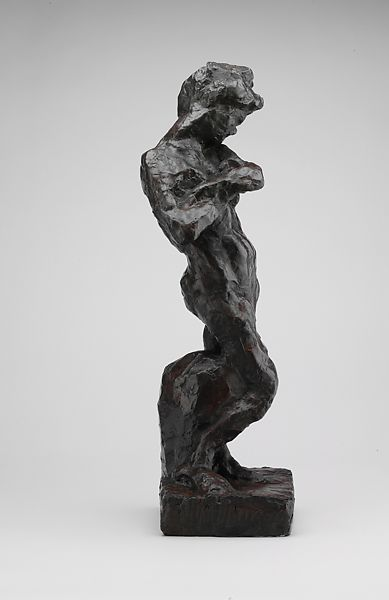
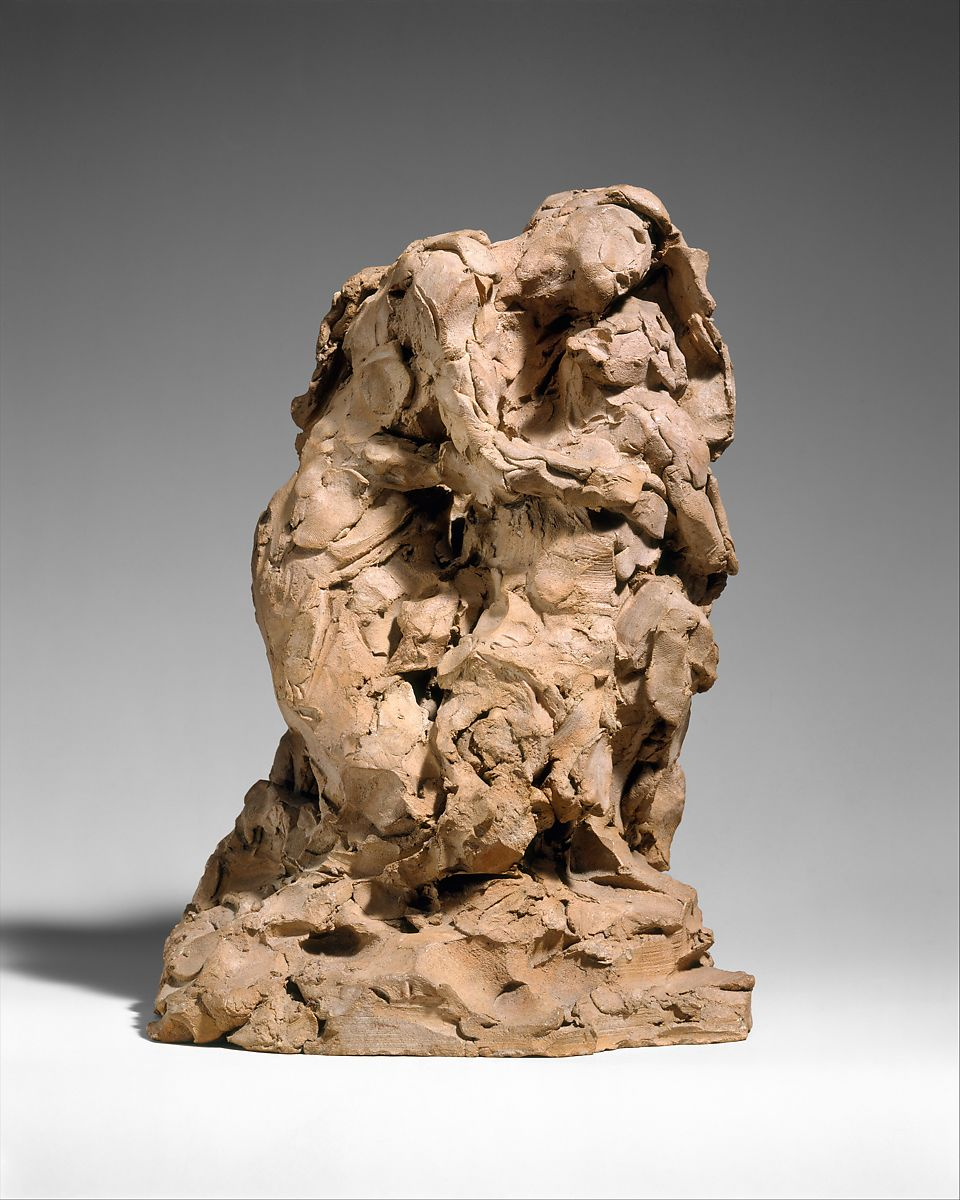
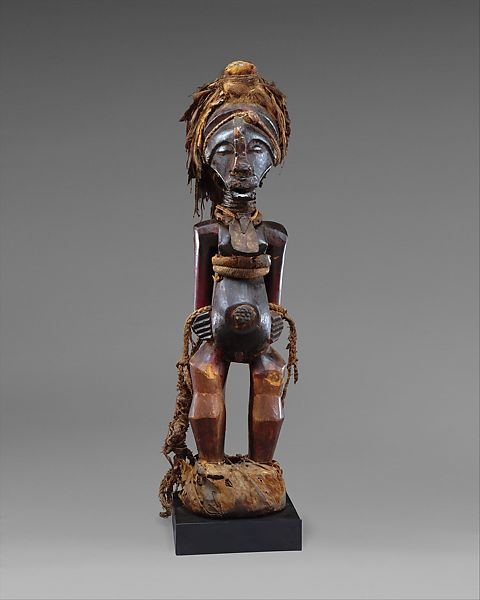
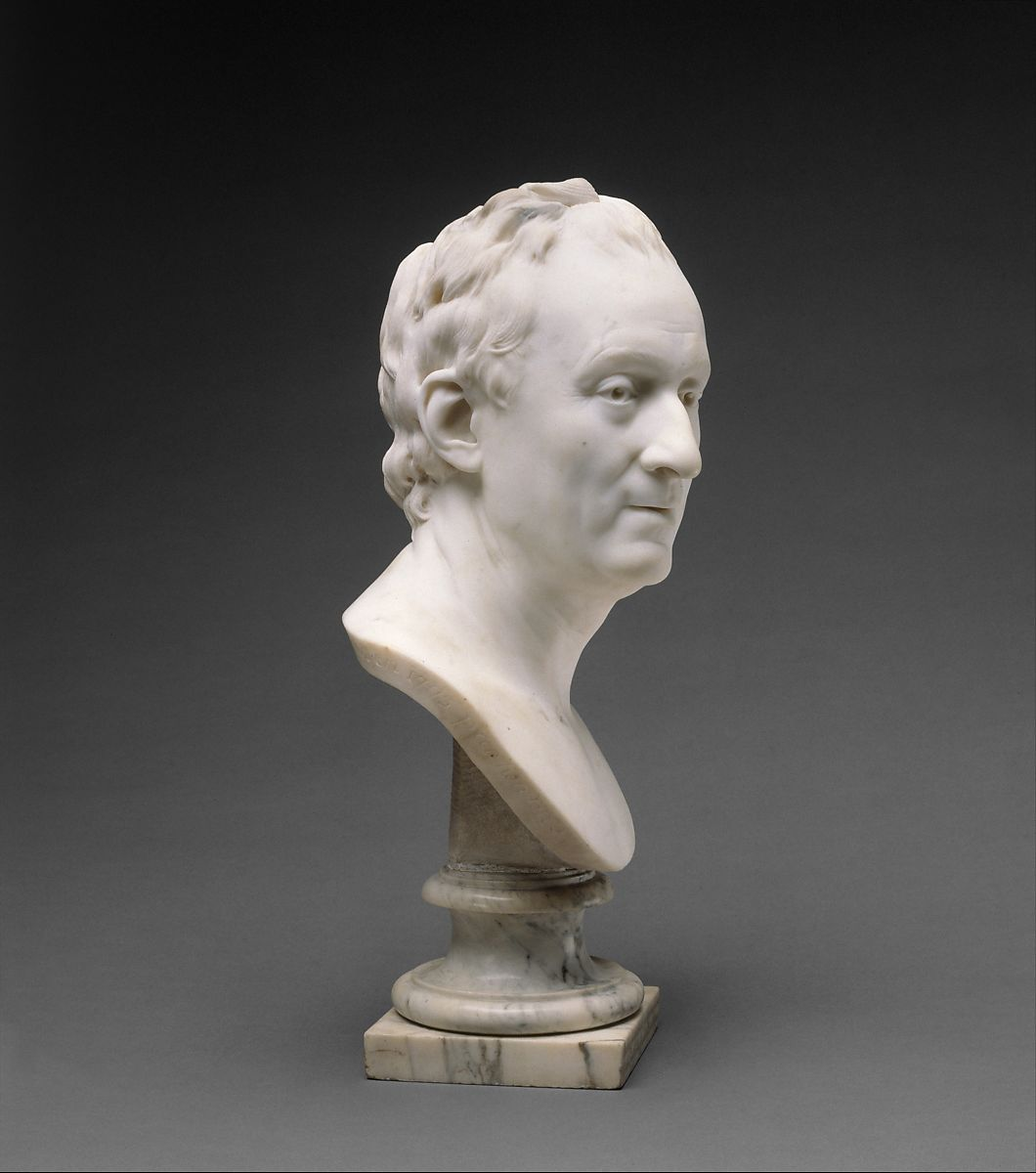
Works Cited
Carpeaux, Jean Baptiste. Pieta, 1864. The Met Museum, New York. The Met. Web.
Houdon, Jean Antoine. Denis Diderot (1713–1784),1773. The Met Museum, New York. The Met. Web.
Matisse, Henri. Madeleine II,1903; This Cast, Probably 1930. The Met Museum, New York. The Met. Web.
Songye Peoples. Community Power Figure: Male (Nkisi),19th–20th century. The Met Museum, New York. The Met. Web.

